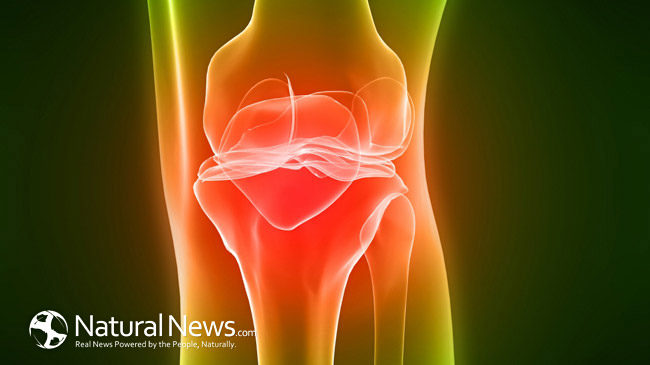Cartilage holds our bones together and supports our tissues. It is tough, but at the same time flexible, which makes damaging this tissue pretty easy. This tissue has a rubbery texture as it serves to cushion the area between the bones and joints. This cushioning helps reduce friction. When we walk, run, or jump, cartilage is there to absorbs the impact. For a visual aid, think of the outer part of your earlobe which is made up entirely of cartilage. Interestingly, cartilage does not require a blood supply. This means that when damaged, it takes a longer time to heal. When cartilage is damaged, this can be painful due to stiffness and swelling.
There are actually 3 types of cartilage:
- Fibrocartilage: This is the toughest type. It is found in between the discs of the spine, as well as in the area of the hip and pelvis. This is the type of cartilage that helps withstand heavy weight lifting. An example of the cartilage being damaged would be a slipped disc.
- Elastic cartilage: This is the rubbery type that makes up the outside of the ear and end of the nose.
- Hyaline cartilage: This type is elastic and tough. It is found between the ribs and in between the joints which is called articular cartilage. Common damaged areas include the knees, elbows, wrists, ankles, shoulders, and hips.
Any of these 3 types can be damaged. Inflammation can occur to the area which causes pain and soreness. Range of motion also becomes more limited. The area feels very stiff. This damage can be caused by wear and tear from ongoing stress. The risk for this wear and tear increases for overweight people due to the added stress on the joints. The eventual loss of cartilage is called osteoarthritis. A direct blow causing heavy impact can damage cartilage. For example, sports such as football can cause this impact or being involved in a car accident. On the other hand, being immobile and lack of movement can cause damage. The joints need movement.
Upon any symptoms, a doctor might perform an MRI or arthroscopy (inserting a tube into the joint to assess damage) to determine the extent of the damage. Although surgery is an option, there are natural measures we can take to be proactive and preventative with cartilage loss. This starts with what we eat and of course moving the body. Foods that are cartilage promoting include dairy, especially kefir and yogurt which can be cartilage superfoods. Brown rice has hyaluronic acid which acts like a shock absorber for joints. Blueberries are a superfood that have antioxidants which help with cellular repair and generation. Bone broth has collagen and proteins. Eating fish, especially sardines, is highly recommended. Turmeric, nuts, green tea, and plums are all known for cartilage repairing powers. The focus is on omega-3 fish oils, polyphenols, and antioxidant rich foods.
Cartilage is not indestructible which we tend to take for granted. Being inactive or being too active can cause damage, so we have to find the balance. Joint health can affect quality of life so it is important to take action at the first indication of pain and find out what can be done to help.
https://www.ncbi.nlm.nih.gov/pmc/articles/PMC3004403/








